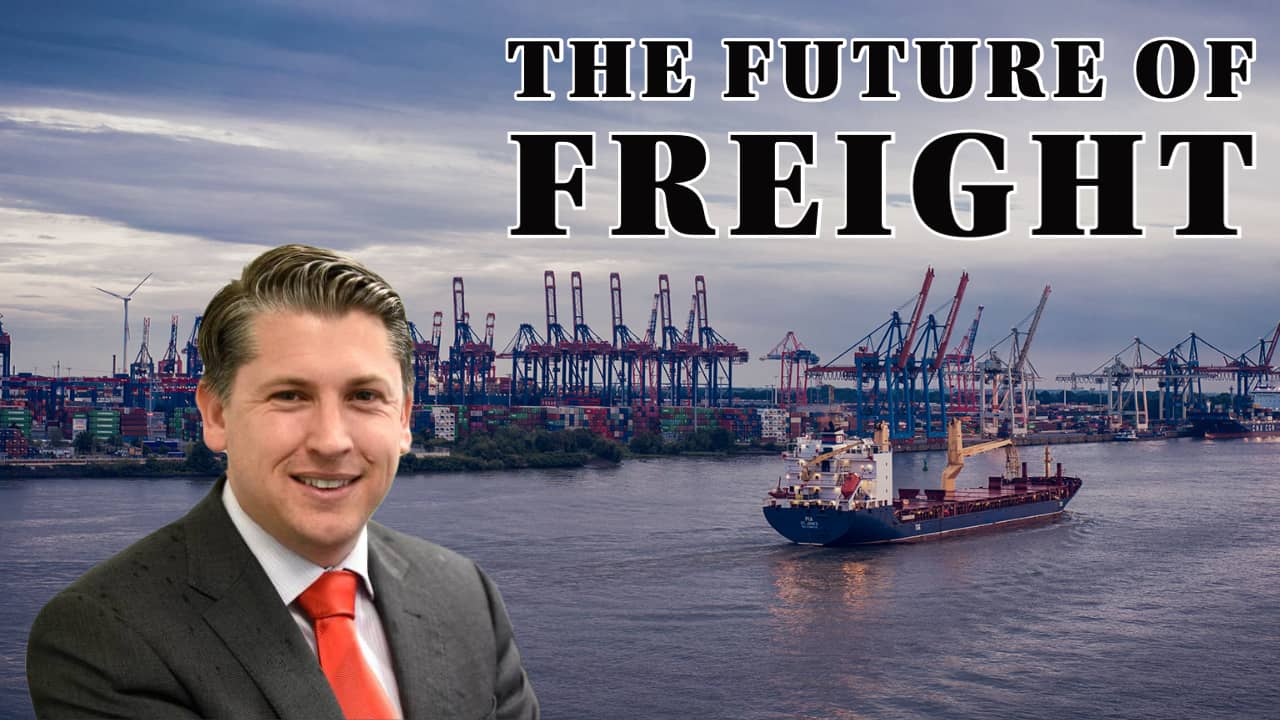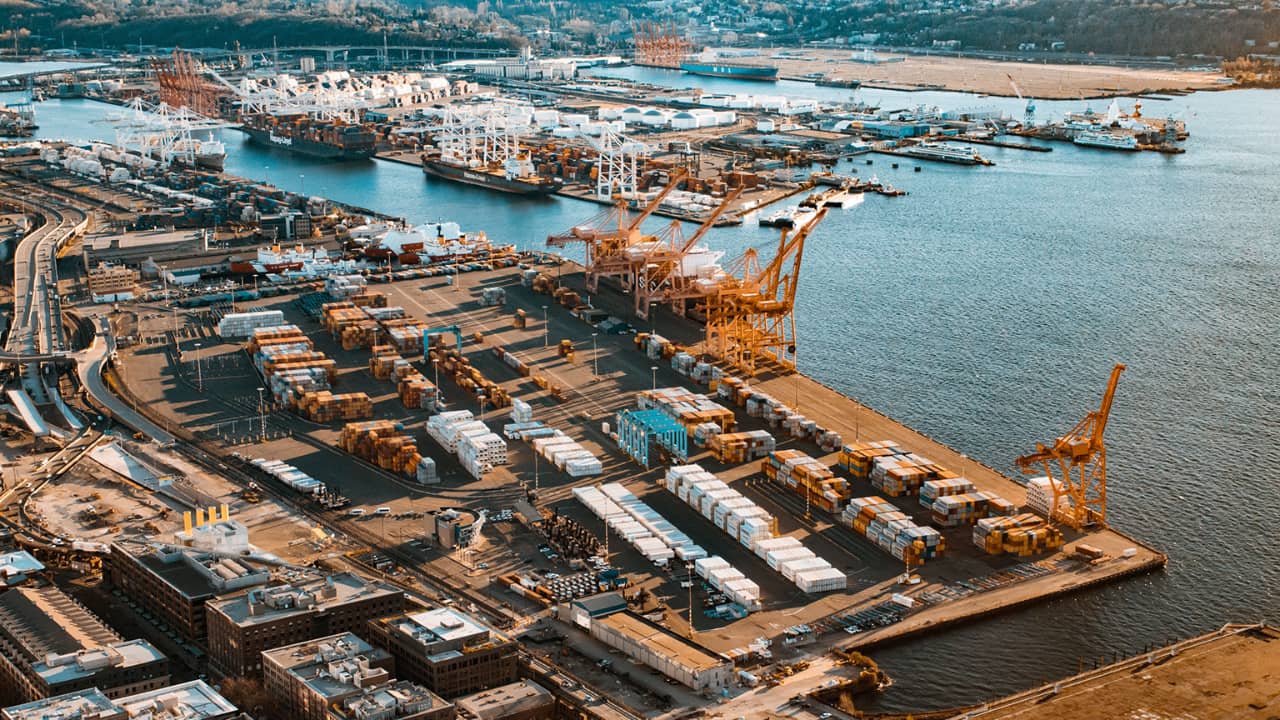
Interview NZ Transport Minister (Solving Logistics Issues)
4-minute read
Continued strong investment in rail, support for coastal shipping and development of road freight routes that service ports in particular are among the focuses of newly-appointed Minister of Transport Michael Wood.
“Having spent a number of years in local government I’ve built up a strong understanding of how transport shapes our communities and the need to make sure we have good strategic planning to meet our future needs,” he stated.
“Supporting coastal shipping is part of our plan and there is up to $45 million available over three years to support the development of our domestic sector.
There’s no doubt we’ll have to investigate all the barriers and opportunities for the sector.
I expect we will look into the drydock issue further as part of that process.”
Nonetheless, Mr Wood singled out rail as being the “backbone of a 21st Century transport network”.
“It is a vital link in our supply chain and will play an important role in our economic recovery from the pandemic.
It provides many benefits to our society — reducing emissions and congestion, reducing road deaths and injuries, and providing vital connections between communities.
We will continue to invest in KiwiRail and to develop domestic rail workshops at places like Hillside and Woburn.
I’m looking forward to riding the Hamilton to Auckland commuter service which will start early next year, and the Government has committed to looking at extending passenger rail to Tauranga.”
Also stating that “I look forward to working with ports”, Mr Wood praised the sector for its contribution during the pandemic.
“Our Government’s priorities are to keep New Zealanders safe from COVID and help accelerate our economic recovery.
Our transport and border agencies have a huge task ahead of them and we’re constantly reviewing our settings to keep out the virus as much as possible.
I want to thank ports and their workers for their flexibility and how they have adapted to help keep us all safe.”
He is unequivocal that the Government has agreed that Ports of Auckland is “not viable as the Upper North Island’s key import port over the long term”.
“We don’t have a set view on where it should move to and we’ve committed to running an evidence-based, collaborative process with stakeholders to agree on the future of the upper North Island’s ports.”
Mr Wood confirmed he was actively seeking to address current congestion issues befalling New Zealand’s port sector and overall maritime supply chain.

“There’re a range of contributing factors being felt internationally, including unforeseen levels of postCOVID sea freight demand, container congestion issues at international transhipment ports and interrupted shipping schedules.
The Ministry of Transport is leading an inter-governmental group of officials to monitor New Zealand supply chain congestion developments closely and assess if there are areas for mitigation.
I have requested weekly updates on the issue to ensure appropriate monitoring.”
Mr Wood said the Government supported airfreight scheme had enabled over 3400 flights in and out of New Zealand since April, thereby preserving airfreight connectivity and aiding exporters while flight numbers remained low.
“Recently, our Government extended the scheme through to the end of March 2021.
This will not only help maintain critical air services with our trading partners, it will ensure we have enough flights for New Zealanders wanting to return home and for essential workers on vital projects.”
Mr Wood said the transport sector as a whole “has a massive role to play in our recovery”.
“Working alongside our Infrastructure Minister Grant Robertson, we’re looking to roll out our strong plan to create jobs and boost our economy.
There are some key freight routes that service ports we will improve with infrastructure upgrades, such as a new 22-kilometre four-lane corridor from Whangārei to Port Marsden, the third main rail line between Quay Park and Wiri, a four-lane corridor from Omokoroa to Tauranga and improvements on SH76 to support a more reliable freight route to Lyttelton Port.”
New Zealand exporters are facing higher costs and lower frequency of transport options to get their products to market, largely due to the impact of Covid-19 on supply chains around the world.
The dramatic reduction in commercial air passenger travel has increased the cost of airfreight and forced more exports onto ships, ultimately impacting supply chains globally.
The top barriers to doing business have changed substantially from previous years, with the costs of logistics and transport shooting into the top spot, followed closely by Covid-19 and the general costs of doing business.
What is promising, is after being in the top three major barriers for the last five years running, Kiwi exporters’ concern around the ‘level of the NZ dollar’ has dropped significantly to the seventh major barrier.
This probably says less about the level of the dollar and more about the increase in other barriers such as transport costs.
Source: NZ SHIPPING GAZETTE and NZ Herald
P.S. Easy Freight Ltd helps New Zealand importers & exporters to save money on international freight and reduce mistakes by guiding how to comply with Customs and biosecurity rules.
➔ Contact us now to learn how we can assist you.
